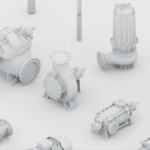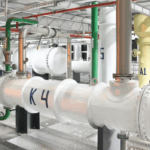Fruit and vegetable products are one of the most important segments of the agri-food market and include fresh fruit, berries and vegetables, as well as raw materials for processing and canned fruit and vegetable products. Taking into account the needs of the market and producers, Morrone Food Tech (Italy) designs, manufactures and supplies professional equipment and complete fruit and vegetable processing lines worldwide, from product intake to packaging.
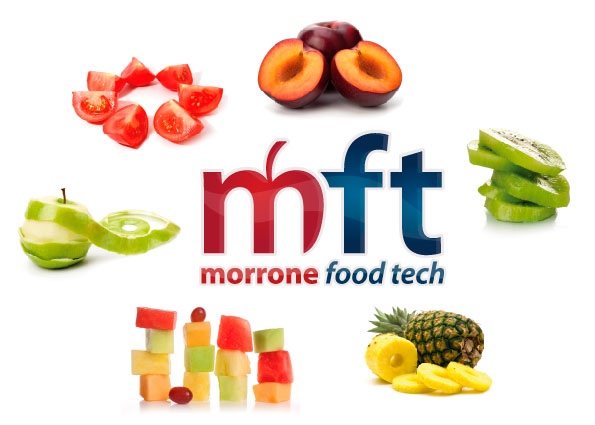
It all starts with calibration
Despite its wide variety, the production of canned fruit and vegetables consists of a number of operations that are the same for all stages: preparation of raw materials, packaging, sealing and sterilisation.
Sorting and calibration are designed to separate damaged or highly variable shapes and sizes of fruit and vegetables, which allows for more accurate subsequent processing operations, such as heat treatment or sterilisation, reducing waste during peeling and cutting, ensuring tight container filling and the required quality of the finished product. Optical size sorting is performed using high-resolution infrared (black and white) and colour cameras.
Optical sorters carefully monitor both major and minor defects, such as vegetable foreign material such as pea pods. Depending on the processing stage, modern machines can sort fresh, blanched or unblanched vegetables and berries, products after freezing, in bulk or before final packaging on the production line.
Gentle cleaning
Sink. It is designed to remove surface contamination from soil, pesticides or microbiological organisms. Its effectiveness is increased when combined with ultrasound and air treatment, detergents or vibratory oscillation.
Cleaning. To reduce the amount of waste when cleaning fruit and vegetables, the main focus should be on the selection of equipment. For example, if you use a brush machine rather than an abrasive machine to peel long root vegetables (carrots, celery), the amount of waste will be reduced tenfold.
The quality of the raw materials is of great importance. Vegetables and fruits with a levelled surface are less likely to be damaged during peeling. The steam peeling method is particularly suitable for gentle peeling of fruits with complex geometric shapes. Its use ensures a low percentage of waste, versatility, preservation of organoleptic characteristics and environmental friendliness.
Key milestones and indicators
Grinding. The grinding process is a part of many technologies for the production of canned goods (short-term and long-term storage). It determines a number of its quality indicators - consistency, appearance, and nutritional value. A fine homogeneous mass is produced by using mashing machines, cavitators and homogenisers. Valve, centrifugal, ultrasonic, and pulsed electrohydraulic homogenisers are used for dispersion and emulsions. All of them have distinctive features.
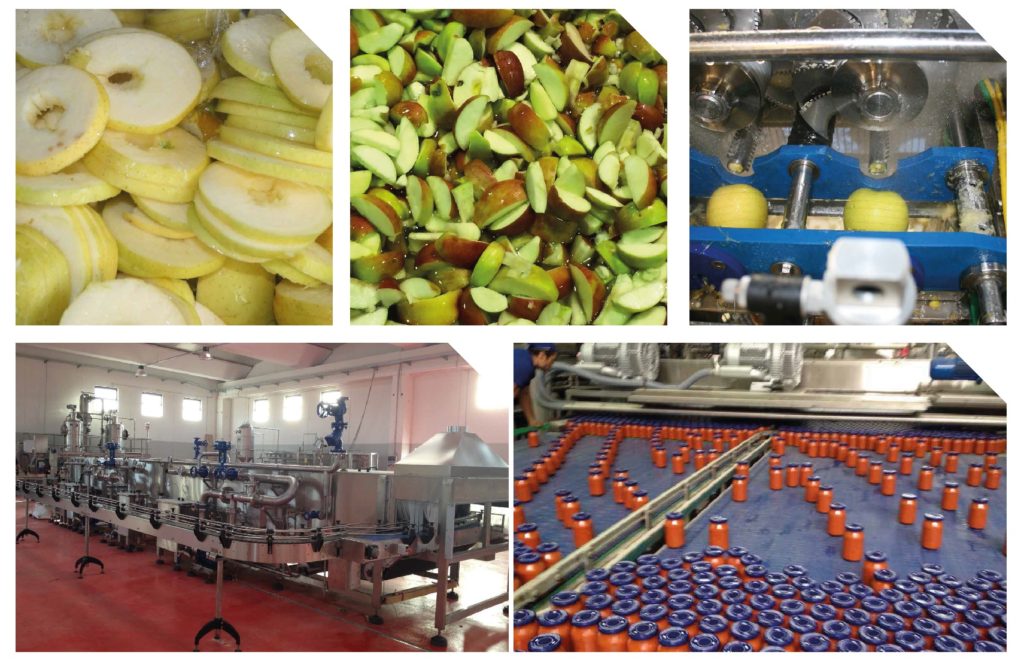
Sterilization. This is a mandatory step in the production of canned fruit and vegetable products. It can be implemented in two ways: by heat treatment and irradiation (microwave, radiation, ultraviolet), but in practice, the former is most often used. The main parameters that characterise the sterilisation process are temperature and time. These parameters can be called microbiological, as they determine the death of microorganisms. The third parameter of the sterilisation process is pressure, which ensures the tightness and shape of the canned food containers.
Packaging is very important!
Many types of canned fruit and vegetables are produced using thermal processes directly in the packaging, so the general requirements for the quality of packaging materials are not sufficient. In addition to maintaining quality during the warranty period, ease of use for consumers, safety during transport and product advertising, packaging must ensure microbiological tightness.
The technological processes discussed above are common to almost all stages of canned fruit and vegetable production. However, experts draw the attention of producers and suppliers to another important aspect - the technology of canning fruit and vegetable raw materials.
Removing excess moisture
Thus, drying should ensure the maximum possible preservation of the original properties of raw materials, increase the duration of the consumption period while simplifying the storage and transportation of finished products.
Currently, various methods of drying vegetable raw materials are used: convective, freeze-drying, using microwave and infrared radiation and various modifications thereof. The process of drying fresh vegetables and fruits includes the following operations: washing, sorting by quality and size, blanching, sulphitation, drying, moisture levelling, removal of metal impurities, sorting, briquetting, and packaging.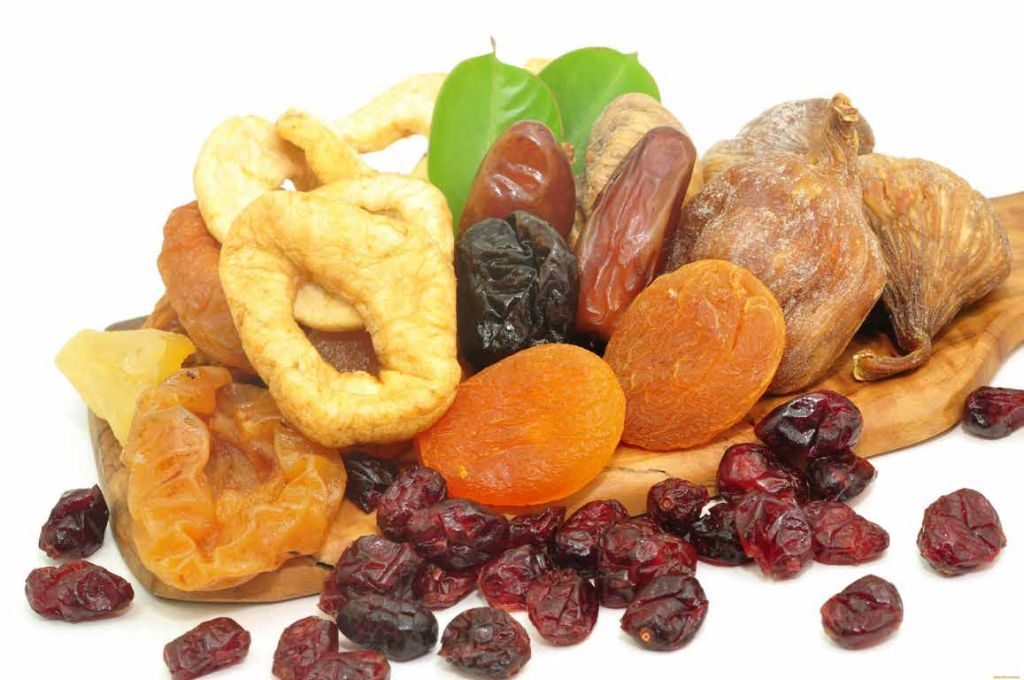
No intervention, just cold
Freezing - A method of preserving that allows preserving the chemical composition, taste, aroma, colour, and vitamin activity of fruits and vegetables almost unchanged. This method inhibits the development and vital activity of various microflora, enzymatic processes, and preserves the original nutrients.
The raw materials for frozen products are fresh fruits and berries at the stage of consumer maturity, and vegetables at the initial stage of maturity with the expectation that they will be processed later. Fruits are frozen whole or cut into pieces.
Berries and fruits are frozen whole with sugar, without sugar and in sugar syrup. Sugar is used to freeze fruits that have been removed from their seeds and pips, and sometimes even their skin. All kinds of peeled fruits and berries, except for small stone fruits, are frozen with syrup.

Experience and high reputation
Morrone Food Tech (M.F.T. srl) successfully develops advanced technologies for the industrial cleaning and cutting of fruit and vegetable raw materials, and offers other complementary processing and handling equipment.


